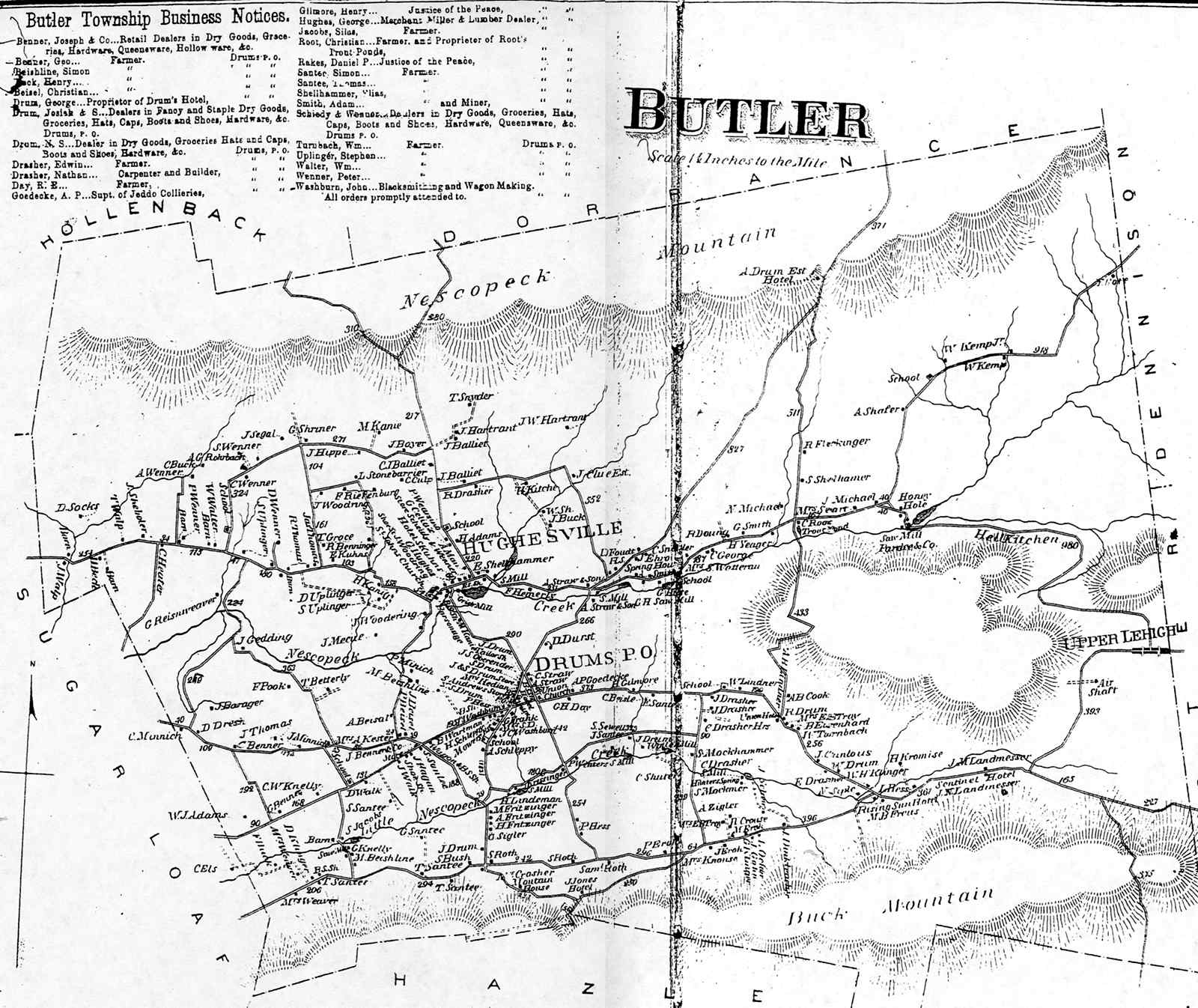

It is said that after years of watching children labor on farms, Philip wished that the farm girls and boys should learn to read and write. Philip cut the wood for the first Market Street Bridge in Wilkes-Barre (in 1820). This first mill was on the north branch of Toby Creek and located near the Prince of Peace Church on Main Street in Dallas. Philip and his sons constructed a sawmill in 1815. He was forced to carve out a path from a rugged foot trail and among heavily forested lands, now Route 309. Philip came to the “ Back of the Mountain” in search of a gigantic species of legendary evergreen trees. Around 1804, Philip and his family arrived in Forty Fort, where they resided until 1810. They had 7 children: John Philip, Peter, William G., Elizabeth, James Henry, George, and Asa W. James Lutheran Church (in Greenwich, Warren County, New Jersey, on December 12, 1786).

Philip Shaver married Mary Ann Wickizer at St. He migrated to the United States between 1765-1769 with his parents and brothers. Philip Shaver was born in 1762 along the Danube River Valley in Vienna, Austria. By 1818, Philip still owned nearly one thousand acres of land in the Back Mountain region. This land would be known as McClellonsville, a small village which was later named Dallas. That same year, Philip sold the northwest portion of his land to John McClellon. In 1813, Philip purchased the land that would later become Shavertown from William Trucks, the namesake of Trucksville. Shavertown is named for an early settler, Philip Shaver. The population of the CDP was 2,019 at the 2010 census. It lies approximately 7 miles (11 km) northwest of the city of Wilkes-Barre and 24 miles (39 km) southwest of Scranton. Shavertown is a census-designated place (CDP) in Kingston Township, Luzerne County, Pennsylvania, United States.


 0 kommentar(er)
0 kommentar(er)
